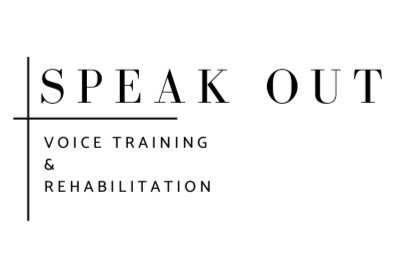What Singers Can Learn from Runners #1
When I fell in love with running about seven years ago and quickly progressed from occasional hobby jogger to 40-mile/week fanatic, I began seeing more and more parallels between athletic training and singing practice. I also became aware of a number of things that singers can learn from runners, and have interviewed some top singers who run. I’m planning on discussing this topic in a number of blog posts, covering task-specific training, mental fitness, response to injury and adversity, and more. This first post contains thoughts on task-specific training and training the individual.
Task-specific training
A runner training for a marathon (26.2 miles) will train quite differently both in terms of volume (number of miles/week) and intensity (length and pace of intervals) than one training for a 5k (3 miles.) A crucial aspect of marathon training is endurance; although it’s not necessary to have run 26 miles before the race, one does need to do numerous long runs of up to about 22 miles during the preceding months. Serious marathoners generally run upwards of 60 miles/ week and do marathon-specific workouts. For instance, our team does the aptly titled “10k of pain” workout: that’s 25 laps of a 400 meter track alternating a lap at marathon pace with one at 10k pace. So, let’s say I race a marathon in 4 hours, that’s 2:17/lap, and a 10k in 50 minutes, that’s a 2:00 lap.
But, if I’m training for a 5k race, my workouts will consist of much shorter and faster intervals, such as 8x800m at 5k race pace with 1 minute rest in between, and my weekly “long runs” will be a maximum of 12 miles.
In contrast, I’ve noticed that many singers have a collection of daily vocal exercises that they sing regardless of the repertoire they’re currently performing or the duration of the vocal load. I often see singers via my voice rehab door who are experiencing vocal fatigue. Sometimes, this is due to sub-optimal technique, but it also can occur, for instance, when a singer joins a chorus that rehearses for 3 hours whereas the singer has never practiced for more than 30 minutes at a time. Once the singer is accustomed to these rehearsals, they should be fine, but I encourage them to gradually increase their practice time to about 1.5 hours a couple of times per week before beginning rehearsals. Similarly, if their current repertoire is full of fast moving passages—Bach choral works, for instance, or Rossini roles for opera singers—it’s imperative to incorporate a variety of agility exercises into the practice regimen. One of the audition excerpts for the San Francisco Symphony Chorus is a very fast moving passage from a work by J.S. Bach, but many amateur choral singers are unable to execute these fast runs smoothly for the simple reason that they don’t practice agility on a daily basis. The same is true for dynamics: if the singer is working on a piece containing high and soft passages, she must practice singing high and soft exercises. Occasionally, a student will tell me that they’re unable to execute a trill. “Do you practice trills?” I ask. (Well then, let’s get started.)
In my experience, instrumentalists are generally much better at incorporating a variety of technical demands into their exercise routine, such as agility, trills, dynamics, etc etc. The shelves of my pianist and violinist friends are full of Etude books covering the full gamut of technical demands. Singers would benefit from a similar approach, addressing all the major areas of voice production and specifically targeting the demands of the repertoire at hand.
Training the individual: there’s no “one size fits all”
A corollary to task-specific training is the adaptation of training and coaching to the individual. The best running coaches alter workouts to serve the needs of the individual athlete. Two mid-distance runners (800m – 1 mile) may nevertheless require different training strategies. Steve Magness, a highly respected running coach, articulates this viewpoint as follows in an interview in Runner’s Tribe: “We need to take a holistic view of the athlete. Consider not only their physiology, as most coaches do, but also their mechanics and psychology. Understand what they bring to the table and why they are running. Essentially, we’re trying to establish a framework for how each athlete sees the world and how that impacts how we coach them.” Runners Tribe interview
Similarly, two singers who perform the same repertoire may nevertheless need to train their voices differently. Even though their ultimate goal is the same, how they arrive may vary, for the very reasons mentioned by Magness, above. Moreover, it’s important for the teacher to keep in mind the difference between range and tessitura. Range means the highest and lowest note a singer can reach, but tessitura is the area of the voice where the singer is most comfortable. This means that two singers who can both sing up to C6 (two lines above the treble staff) may have quite different tessituras, and, therefore, require different approaches. For instance, it may be advantageous to Singer A to begin a session with descending scales, whereas Singer B may do better by working the voice from the middle outward. Both will need endurance and agility— just as both runners will need to incorporate a combination of longer, easier runs with shorter, faster interval training—but exactly how they practice these activities may vary considerably.
